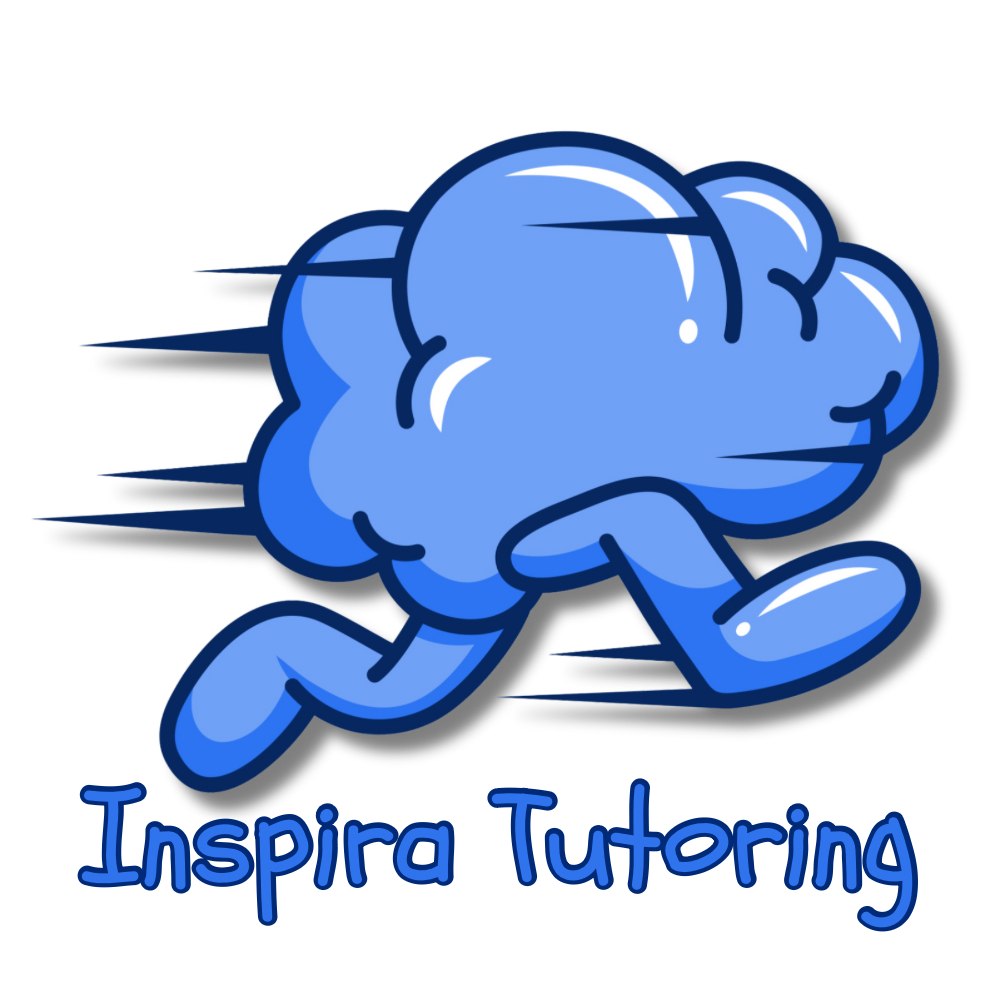
Tutoring Research
The State of School Tutoring, in Charts
Sparks, S. D. (2023, February 9). The State of School Tutoring, in Charts. Education Week. https://www.edweek.org/leadership/the-state-of-school-tutoring-in-charts/2023/02

High Quality Tutoring: An Evidence-Based Strategy to Tackle Learning Loss
Fong, P. (2021, September 14). High Quality Tutoring: An Evidence-Based Strategy to Tackle Learning Loss. Institute of Education Sciences. https://ies.ed.gov/learn/blog/high-quality-tutoring-evidence-based-strategy-tackle-learning-loss
What High-quality Tutoring Looks Like
A recent systematic review and meta-analysis examined 96 studies on tutoring programs and found that tutoring is an effective practice that yields consistent and substantial positive impacts on learning outcomes.
Key takeaways regarding high-quality tutoring include the following:
- Tutoring is most effective when conducted at school, during school hours, and in three or more sessions per week for at least 30 minutes each.
- Tutoring is more effective when conducted by teachers or professional tutors who are well trained and supervised rather than by volunteers, peers, or parent tutors.
- Early-grade students (pre-K-1) benefit from 1:1 tutoring; students in grades 2-5 benefit from small groups with a tutor-student ratio of 1:3 or 1:4; secondary students benefit from small groups with a tutor-student ratio of no more than 1:4.
- Reading tutoring tends to be relatively more effective for students in grades pre-K-1, whereas math tutoring tends to be more effective for students in grades 2-5.
Tutoring Emerges as a Key Catch-Up Strategy
Heiser, P. (2023, February 20). Tutoring Emerges as a Key Catch-Up Strategy. New York State School Board Associations. https://www.nyssba.org/news/2023/02/17/on-board-online-february-20-2023/tutoring-emerges-as-key-catch-up-strategy/
Seven characteristics of effective tutoring
In 2021, Stanford’s Loeb published a research report with her colleague Carly Robinson that analyzed the body of existing academic research on tutoring and concluded effective tutoring depended on seven characteristics:
1. A “high dosage” format. Tutoring is most effective when students have three or more sessions per week for at least 30 minutes per session. This is usually referred to as “high-dosage” tutoring. It is most popular at the elementary school level (with 45% of schools indicating they used that strategy) and less so at the middle school/combined-grade (27%) and high school (26%) levels, according to the NCES survey data.
2. A focus on cultivating tutor-student relationships. Effective tutoring relies greatly on the development of a relationship between the tutor and the student. Thus, having the same tutor every session rather than a hodgepodge of different ones is crucial.
3. Use of formative assessments to monitor student learning. Student assessment data allow tutors to understand where students need the most help and where to focus their instructional time.
4. Alignment with the school curriculum. Effective tutoring must be synched with what students are being taught in class.
5. Formalized training and support for tutors. Tutoring was most effective when tutors had extensive pre-service training. This increases the likelihood that tutors stick to the methodologies of proven tutoring instruction that have been shown to work, such as precise praise, effective checks for understanding, and the right amount of wait time after asking questions.
6. A personalized approach. Tutoring was most effective when it was done either on a one-on-one basis between the tutor and student or in small groups with no more than three students.
7. Conducted as part of the school day. Tutoring was most effective when it was built into the regular school day, such as during homeroom, regular study halls or as an elective.
Findings by researchers at MIT echo those recommendations. They found that tutoring programs led by teacher or paraprofessional tutors were generally more effective than programs that used nonprofessional (volunteer) or parent tutors; the effects of tutoring programs tend to be strongest among students in earlier grades; and reading tutoring tends to be relatively more effective for students in preschool through first grade, while math tutoring tends to be more effective for students in second through fifth grade.
Why the increasing demand for tutors for elementary students from grades 1 through 6? This can be attributed to several factors. These combination of factors below have contributed to the growing trend of elementary students needing tutoring, as both parents and educators work to address academic challenges early on.
Learning Gaps from the COVID-19 Pandemic:
School closures and the shift to remote learning during the pandemic caused significant disruptions in students’ education. Many students struggled to adapt to virtual learning environments, resulting in learning gaps, especially in foundational skills. Tutors are often sought to help bridge these gaps.
Increased Academic Expectations:
The academic expectations for students have increased over the years, with more focus on standardized testing and the push for higher achievement at younger ages. Parents may turn to tutors to ensure their children are meeting these heightened standards and to help them stay competitive.
Individualized Attention:
Class sizes in many schools are large, making it difficult for teachers to provide individualized attention to every student. Tutors offer one-on-one or small-group instruction, allowing students to receive personalized help that may not be available in a crowded classroom.
Learning Disabilities and Special Needs:
More students are being diagnosed with learning disabilities or other special needs, and parents often seek tutoring to supplement the support their children receive in school. Tutors can provide specialized instruction tailored to a child’s unique learning style.
Parents:
Some parents are highly focused on ensuring their children excel academically. This “educational arms race” can lead to an increased demand for tutoring as parents strive to give their children every possible advantage.
Technology and Distraction:
With the rise of digital distractions, such as social media, video games, and other online content, students may struggle to focus on schoolwork. Tutors can help students develop better study habits, organizational skills, and time management skills, ensuring they stay on track academically.
